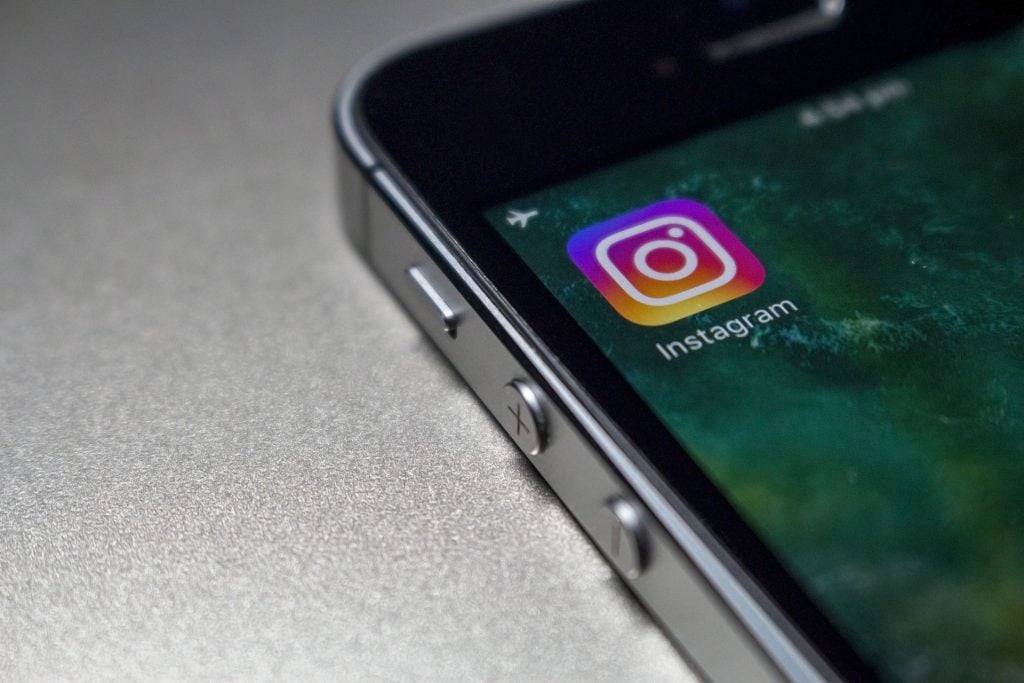Maybe you posted something that sparked a reaction, and now you’re wondering: who unfollowed me? It might feel a little petty, but you’re dying to know. You’re not an influencer obsessed with follower counts; you’ve got real friends, and you just want to know if someone took offense because of a story. No revenge plans — just curiosity. That’s normal.
After all, Instagram doesn’t show who unfollowed you. That’s standard practice across social media platforms. So you’re left staring at the follower count, wondering if someone quietly slipped away. Worse, most apps that promise to help demand your password or full account access. That’s a very risky move to check Instagram unfollowers. It can get your account compromised.
Instead, let’s walk through four sensible ways to satisfy your curiosity — with zero danger to your account and absolutely no shady login requests.
1. Manual Check Through Your Followers List
This is the «old-school» but 100% safe method: open Instagram, go to your followers list, scroll through, and see if the username is missing. If you suspect someone in particular, just search for their handle in the list. It’s basic, but it works — as long as you don’t have thousands of followers. No third-party apps involved.
2. Use Instagram Insights (Business/Creator Accounts Only)
By switching your profile to a Business or Creator account, you’ll be able to see detailed account metrics. It won’t give you a list of names, but it will show how many people unfollowed you over a certain period — something regular accounts can’t see.
Here’s how to check:
- Open your profile and tap the Professional Dashboard below your bio.
- Find Account Insights and tap View All.
You’ll see a full breakdown: reach, engagement, total followers, and yes — unfollows. You can set the date range from 7 to 90 days to spot patterns. Did the drop happen after that controversial post? If so, now you know when — then you can cross-check your list manually for more accuracy.
3. Build Your Own Tracking Spreadsheet (Excel or Google Sheets)
This one takes a bit more effort, but it’s completely under your control. Meta now lets you grab a full copy of your Instagram account data, and that’s exactly what you need for a safe, no-password method of checking unfollows.
Here’s how the process works:
- Open Instagram and go to Settings & Privacy.
- Tap the Accounts Center, then select Account Settings.
- Open the Your information and permissions section, then click on Download your information.
From there, pick your Instagram profile, and select the data you want. Don’t forget to include Followers and Following, choose JSON as the format, and set the date range to All time — that’s the only way to get the full picture. After that, confirm your request, and Instagram will start preparing your file.
When your ZIP file is ready, download it and unzip it. Inside, you’ll find a file like followers_1.json. That’s what you need. To analyze it, import the JSON into Excel using Power Query:
Import the file, convert it into a table, and expand the columns until you have a clear, organized list of your followers.
Here’s the trick: your first file is your baseline. It can’t tell you who unfollowed in the past, but when you download a fresh copy later, you can compare both lists and spot the names that disappeared. Yes, the initial setup takes time — but after that, future checks are quick.
4. Safe Instagram Tools That Read Your ZIP Archive (No Password Needed)
Instagram does not appreciate third-party apps — it goes against their policies. Most Instagram unfollow trackers can get you shadowbanned or even suspended from the platform.
But some online tools — also known as unfollower checkers — can analyze your Instagram data archive (the ZIP file you download) and show who unfollowed you. For example, Unfollowers Tracker reads your archive, not your account credentials. This means you retain full control, and nothing breaches Instagram’s rules.
Why Do People Unfollow, Anyway?
Before you get upset, know this: most unfollows aren’t personal. Some people leave because you post too rarely, others because you post too often. Maybe your style changed, or your content no longer resonates. And sometimes it’s about them: they’re on a digital detox, shifting interests, or cleaning up their feed.
In other words, it’s rarely about you — it’s about their screen time and priorities.
Conclusion
Wondering who unfollowed you is natural. If you use that insight to adjust your strategy, it’s smart. Just do it safely: stick to manual checks or secure methods like analyzing your data file with a tool that doesn’t ask for your password.
These options keep your account safe while giving you clarity. So go ahead — find out who left, learn from it, and focus on creating content that feels authentic and connects with the people who truly care.
Sandra Larson is a writer with the personal blog at ElizabethanAuthor and an academic coach for students. Her main sphere of professional interest is the connection between AI and modern study techniques. Sandra believes that digital tools are a way to a better future in the education system.




![‘Jay Kelly’ Review – Noah Baumbach Makes A Case For The Magic Of Movie Stardom [NYFF 2025] ‘Jay Kelly’ Review – Noah Baumbach Makes A Case For The Magic Of Movie Stardom [NYFF 2025]](https://cdn.geekvibesnation.com/wp-media-folder-geek-vibes-nation/wp-content/uploads/2025/11/Jay-Kelly-JKELLY_20240523_15320_C2_R-300x180.jpg)

